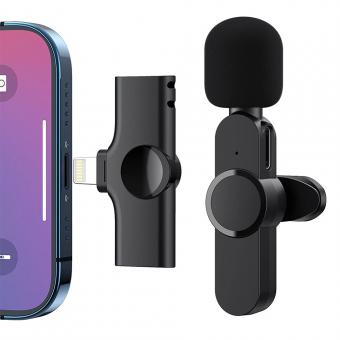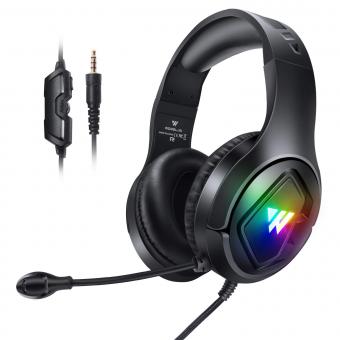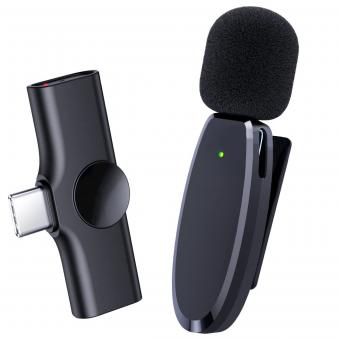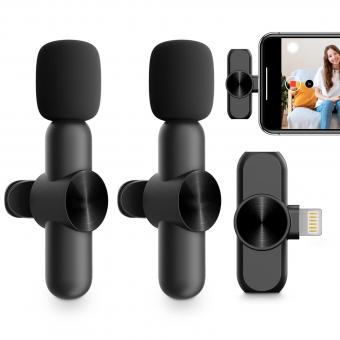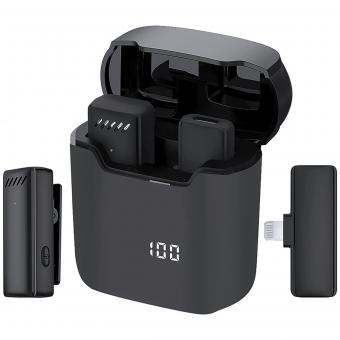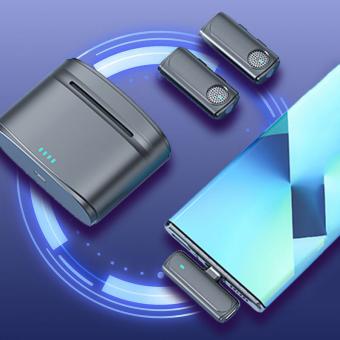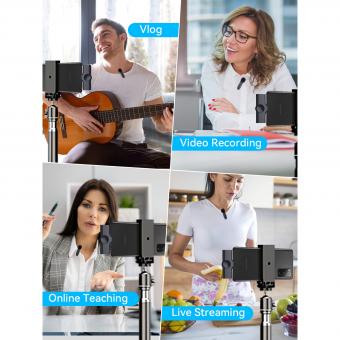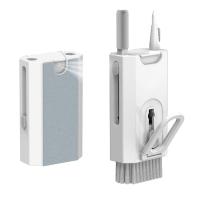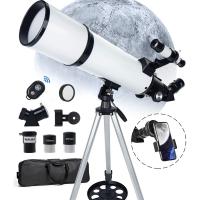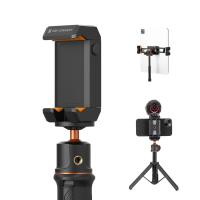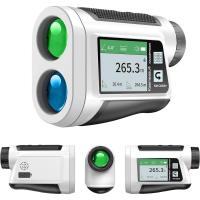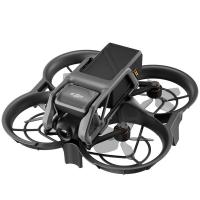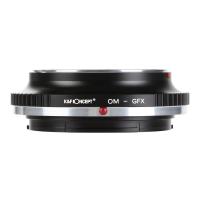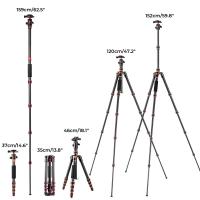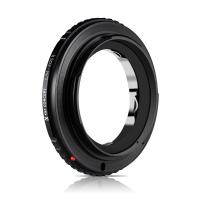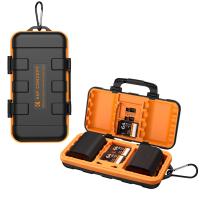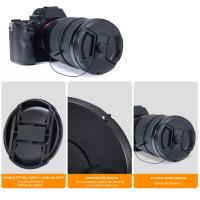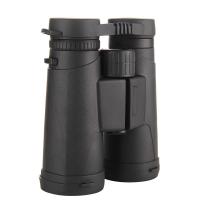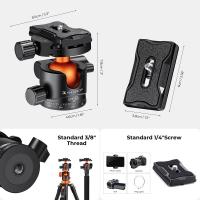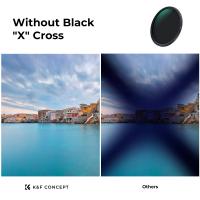What Microphone To Use For Youtube?
For YouTube videos, it's recommended to use a high-quality microphone that can capture clear and crisp audio. Popular options include the Blue Yeti, Rode VideoMic Pro, and Shure SM7B. These microphones are known for their excellent sound quality and are commonly used by YouTubers and content creators to enhance the audio in their videos. Ultimately, the best microphone for YouTube will depend on your specific needs, budget, and the type of content you are creating.
1、 Microphone Types for YouTube
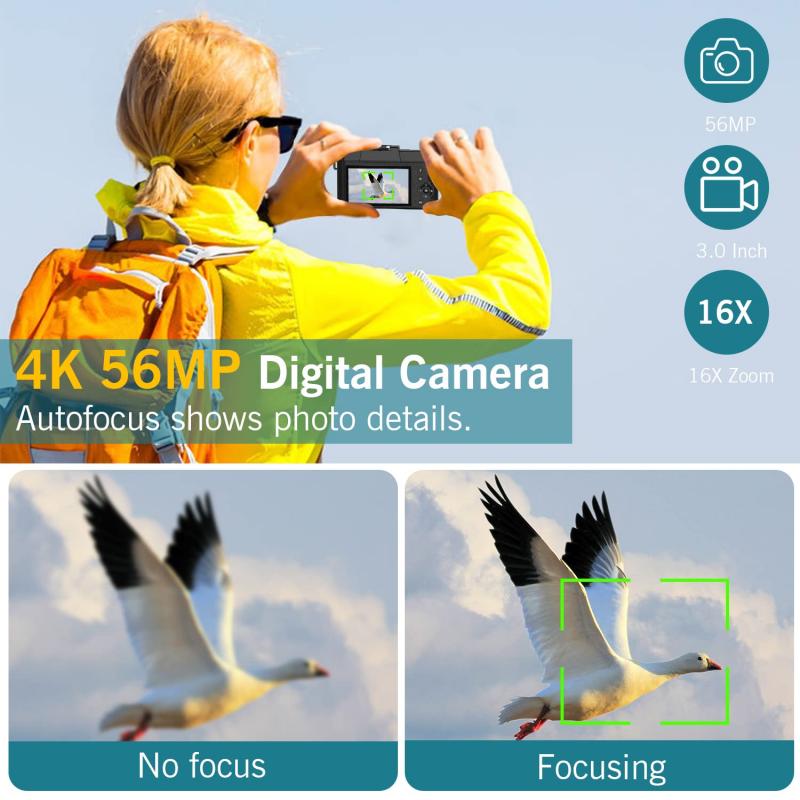
When it comes to choosing a microphone for YouTube, there are several options to consider. The type of microphone you choose will depend on your specific needs, budget, and the type of content you create. Here are some popular microphone types for YouTube:
1. USB Microphones: USB microphones are a popular choice for YouTubers due to their ease of use and affordability. They can be plugged directly into your computer and offer good sound quality for voiceovers, podcasts, and vlogging.
2. Shotgun Microphones: Shotgun microphones are highly directional and are great for capturing sound from a specific direction. They are commonly used for outdoor vlogging and interviews, as they can help reduce background noise.
3. Lavalier Microphones: Lavalier microphones, also known as lapel mics, are small and discreet, making them ideal for on-camera use. They are commonly used for interviews, tutorials, and vlogging, as they provide clear and consistent audio.
4. Condenser Microphones: Condenser microphones are known for their sensitivity and high-quality sound capture. They are often used in studio settings for voiceovers, music recording, and live streaming.
5. Wireless Microphones: Wireless microphones offer freedom of movement and are great for vloggers who need to move around while recording. They are commonly used for fitness videos, travel vlogs, and event coverage.
In terms of the latest point of view, there has been a growing trend towards using compact and portable microphones that offer high-quality sound capture while being easy to use on the go. Additionally, there is an increasing demand for microphones with built-in noise reduction and voice enhancement features to improve audio quality in various recording environments. It's also important to consider the compatibility of the microphone with different devices, such as smartphones and cameras, as many YouTubers are creating content using mobile devices. Ultimately, the best microphone for YouTube will depend on your specific needs and the type of content you create.
2、 USB vs. XLR Microphones
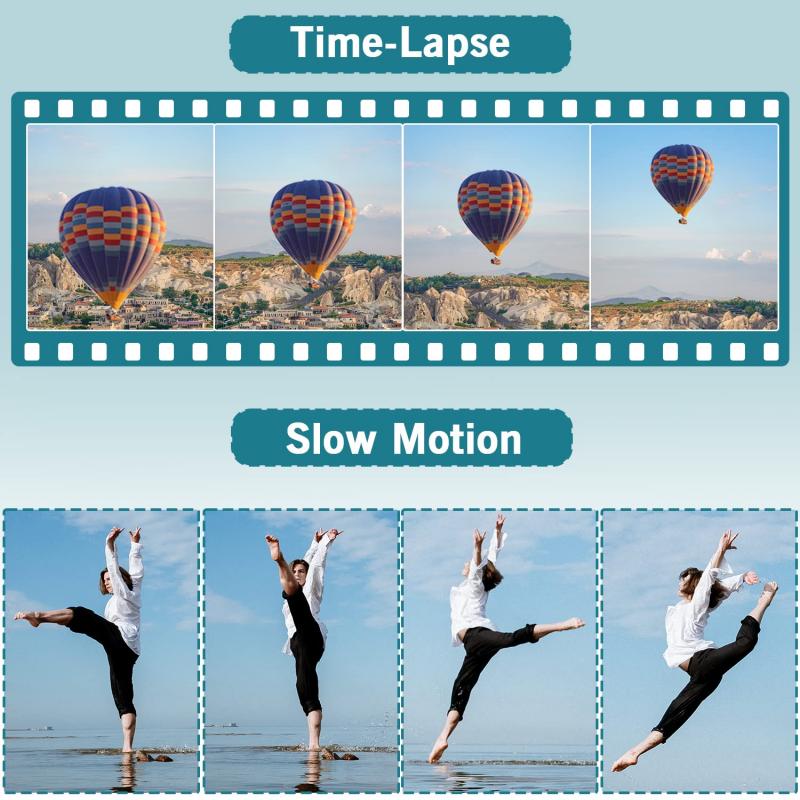
"What microphone to use for YouTube" is a common question among content creators looking to improve the audio quality of their videos. When it comes to choosing between USB and XLR microphones, there are several factors to consider.
USB microphones are often preferred for their simplicity and ease of use. They can be plugged directly into a computer or recording device, making them a convenient option for beginners or those who prioritize convenience. USB microphones also tend to be more affordable and require minimal additional equipment.
On the other hand, XLR microphones offer higher audio quality and more flexibility in terms of customization. They are commonly used in professional recording studios and offer a wider range of options for adjusting sound levels and settings. XLR microphones also allow for the use of external audio interfaces and preamps, which can further enhance audio quality.
In terms of the latest point of view, the debate between USB and XLR microphones continues to evolve. While USB microphones have become increasingly popular due to their convenience and affordability, advancements in technology have also led to improvements in the audio quality of USB microphones. Some high-end USB microphones now rival the audio quality of XLR microphones, making them a viable option for professional content creators.
Ultimately, the choice between USB and XLR microphones depends on individual needs and priorities. Content creators should consider factors such as budget, desired audio quality, and the level of control and customization they require when making their decision.
3、 Condenser vs. Dynamic Microphones
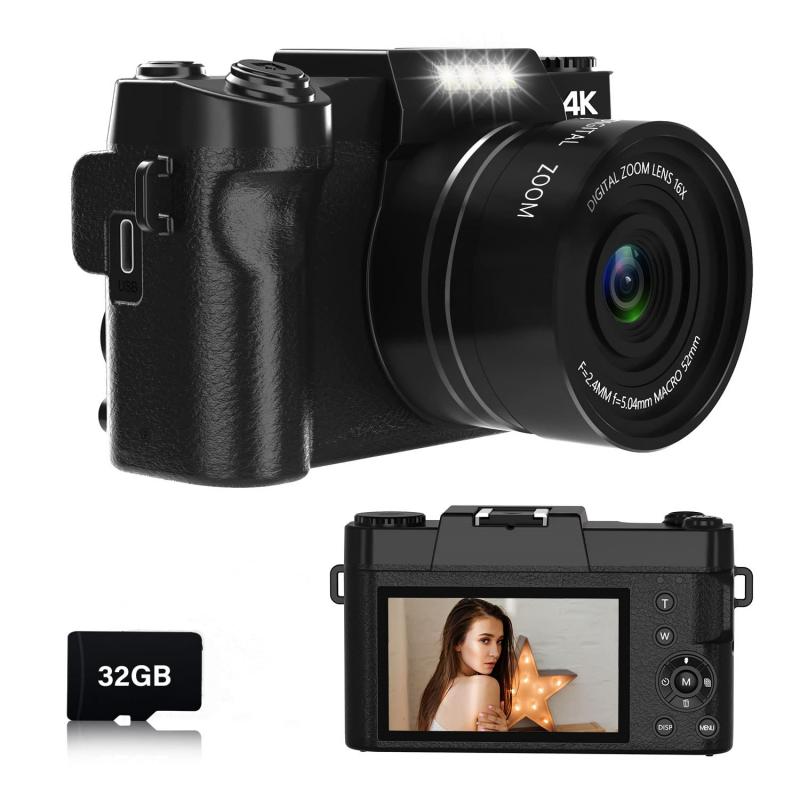
When it comes to choosing a microphone for YouTube, the decision often comes down to condenser vs. dynamic microphones. Both types have their own strengths and weaknesses, and the choice ultimately depends on the specific needs of the content creator.
Condenser microphones are known for their sensitivity and ability to capture subtle details in sound. They are great for capturing vocals and acoustic instruments with clarity and precision. This makes them a popular choice for YouTubers who focus on music, ASMR, or podcasting. However, condenser microphones are more sensitive to background noise and require phantom power, making them less ideal for recording in noisy environments or on the go.
On the other hand, dynamic microphones are known for their durability and ability to handle high sound pressure levels. They are less sensitive to background noise and do not require phantom power, making them a great choice for recording in less controlled environments or for vlogging on the move. Dynamic microphones are often used by YouTubers who focus on interviews, live performances, or outdoor content.
In terms of the latest point of view, many content creators are leaning towards dynamic microphones for their versatility and durability, especially for vlogging and outdoor content creation. However, condenser microphones are still highly valued for their superior sound quality and are often the preferred choice for studio-based content creation such as music and podcasting.
Ultimately, the choice between condenser and dynamic microphones for YouTube depends on the specific needs and preferences of the content creator, as well as the nature of the content being produced.
4、 Microphone Polar Patterns
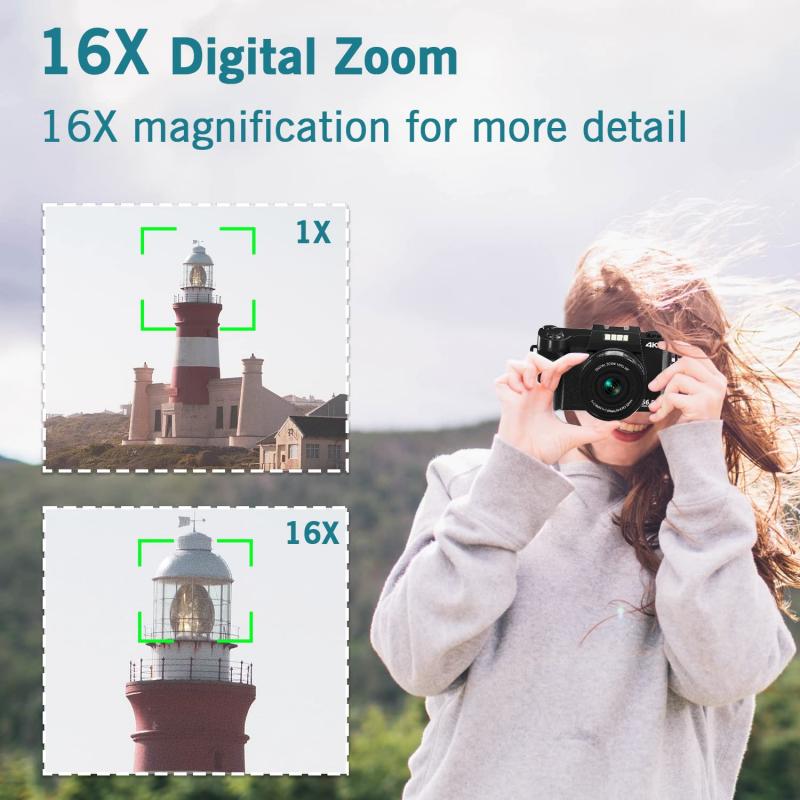
Microphone polar patterns refer to the directional sensitivity of a microphone, determining how it picks up sound from different directions. There are several common polar patterns, including cardioid, omnidirectional, bidirectional, and shotgun. Each pattern has its own unique characteristics and is suitable for different recording scenarios.
Cardioid microphones are popular for YouTube content creation as they are sensitive to sound from the front while minimizing background noise. This makes them ideal for recording voiceovers, podcasts, and vlogs. Omnidirectional microphones, on the other hand, capture sound from all directions, making them suitable for capturing ambient sounds or group discussions. Bidirectional microphones are sensitive to sound from the front and back, making them useful for interviews or duet recordings. Shotgun microphones have a highly directional pickup pattern, making them ideal for capturing sound from a specific source in a noisy environment.
When considering the latest point of view, advancements in microphone technology have led to the development of more versatile microphones with switchable polar patterns. These microphones allow users to select the most suitable pattern for their recording needs, providing greater flexibility and convenience.
For YouTube content creation, the choice of microphone polar pattern depends on the specific recording requirements. Content creators should consider factors such as the environment, the type of sound being captured, and the intended use of the recording. Ultimately, selecting the right microphone polar pattern can significantly impact the quality and clarity of the audio in YouTube videos.




